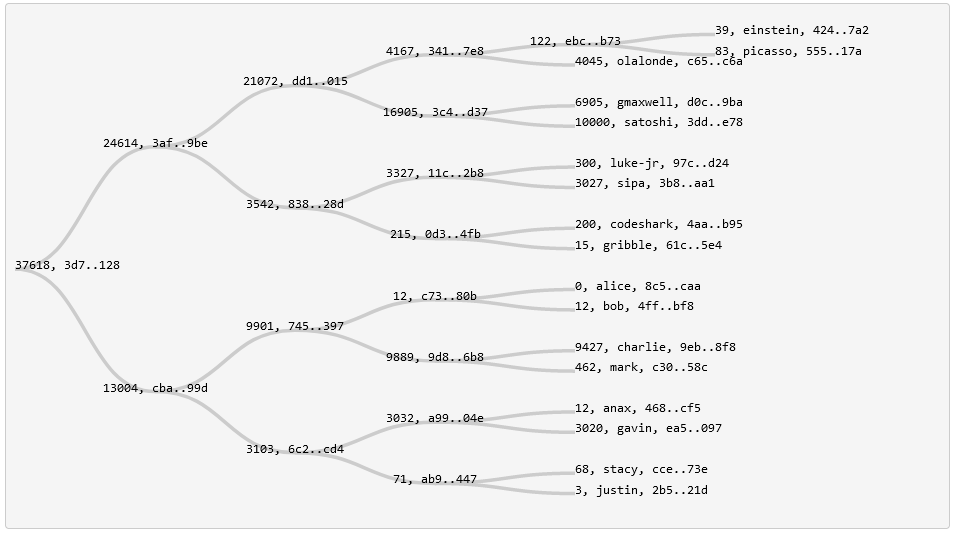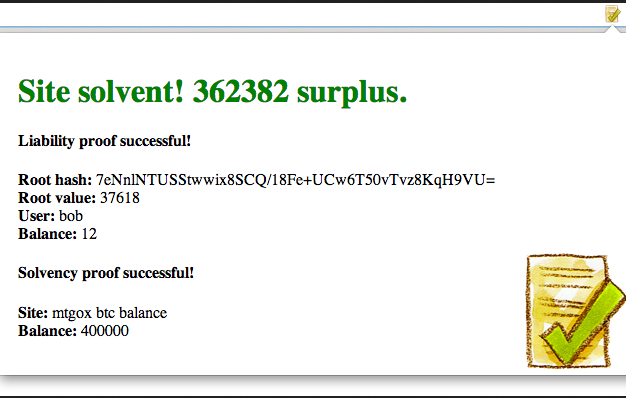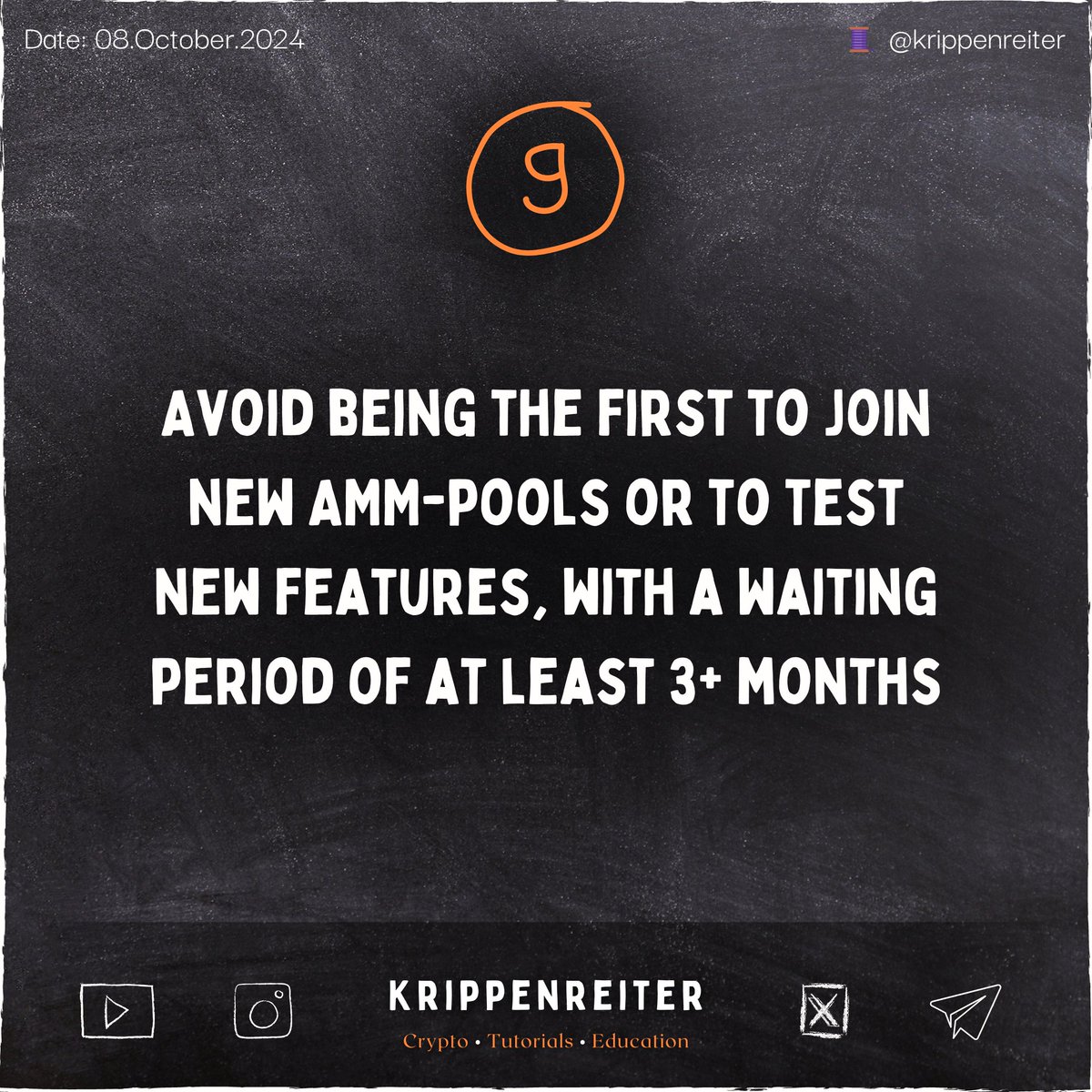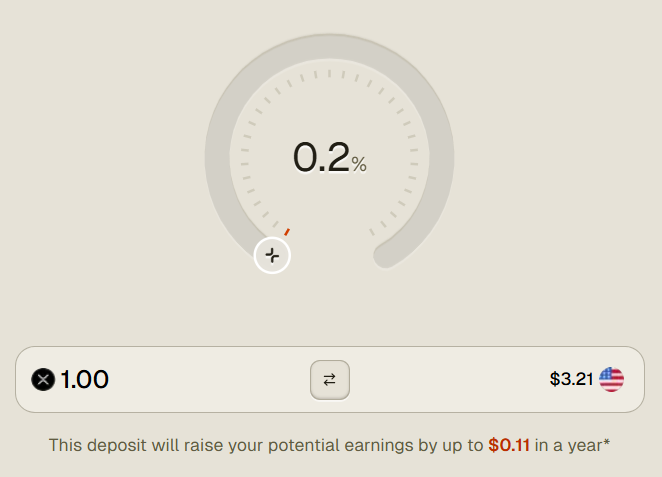[1/9] "Don't Trust, Verify"
–Ein Spruch, der derzeit die Runde macht, nachdem Unsummen von Milliarden durch #FTX und #SBF veruntreut wurden–
5 Begrifflichkeiten, die du jetzt unbedingt verstehen musst, um Exchanges besser einschätzen zu können!
🧵👇
–Ein Spruch, der derzeit die Runde macht, nachdem Unsummen von Milliarden durch #FTX und #SBF veruntreut wurden–
5 Begrifflichkeiten, die du jetzt unbedingt verstehen musst, um Exchanges besser einschätzen zu können!
🧵👇
[2/9] 👉 "#Merkle #Tree"
• Ist ein binärer #Hash-Baum, also eine Datenstruktur in der #Kryptografie, bei der jeder Blattknoten ein Hash-Wert eines Datenblocks darstellt
• Nachträgliche Änderungen wirken sich auf die "Wurzel" aus
• Effizientes Mittel der #Datenüberprüfung

• Ist ein binärer #Hash-Baum, also eine Datenstruktur in der #Kryptografie, bei der jeder Blattknoten ein Hash-Wert eines Datenblocks darstellt
• Nachträgliche Änderungen wirken sich auf die "Wurzel" aus
• Effizientes Mittel der #Datenüberprüfung


[3/9] 👉 "#Proof of #Reserves"
• Der Beweis durch einen unabhängigen Prüfer, dass der #Exchange tatsächlich ALLE #Assets (Einlagen und Salden) besitzt, die er vorgibt zu haben
• Während des #PoR wird der "anonymisierte #Snapshot" der Salden zu einem Merkle Baum zusammengesetzt
• Der Beweis durch einen unabhängigen Prüfer, dass der #Exchange tatsächlich ALLE #Assets (Einlagen und Salden) besitzt, die er vorgibt zu haben
• Während des #PoR wird der "anonymisierte #Snapshot" der Salden zu einem Merkle Baum zusammengesetzt

[4/9] • Ab diesem Zeitpunkt, wird die "Wurzel" bestimmt, also ein Fingerabdruck, der alle Salden des #Exchanges einzigartig identifiziert
• In Kombination mit den dig. #Signaturen der veröff. #Nodes und deren Gelder, können im #Audit die Reserven und #Assets nachgewiesen werden
• In Kombination mit den dig. #Signaturen der veröff. #Nodes und deren Gelder, können im #Audit die Reserven und #Assets nachgewiesen werden

[5/9] 👉 "#Proof of #Liability"
• Ähnlich wie beim #PoR muss auch hier mit einem #Audit (z.B. mit einem #Merkle #Tree) bewiesen werden, dass ein #Exchange die Benutzersalden (#Verbindlichkeiten) nachweisen kann, ohne persönliche Informationen preiszugeben
• Ähnlich wie beim #PoR muss auch hier mit einem #Audit (z.B. mit einem #Merkle #Tree) bewiesen werden, dass ein #Exchange die Benutzersalden (#Verbindlichkeiten) nachweisen kann, ohne persönliche Informationen preiszugeben

[6/9] 👉 "#Proof of #Solvency"
• Ein anderer Begriff für den Nachweis eines #Exchanges liquide und Zahlungsfähig (#Solvent) zu sein.
• Kann ein Exchange, durch ein Audit, einen PoR ablegen und diesen mit einem PoL abgleichen, kann davon ausgegangen werden, dass er solvent ist.
• Ein anderer Begriff für den Nachweis eines #Exchanges liquide und Zahlungsfähig (#Solvent) zu sein.
• Kann ein Exchange, durch ein Audit, einen PoR ablegen und diesen mit einem PoL abgleichen, kann davon ausgegangen werden, dass er solvent ist.

[7/9] 👉 "Not your #keys, not your #coins"
• Die vorher benannten #Proofs sind alle nahezu wertlos, aber dennoch wünschenswert, erfüllen sie doch den Zweck der #Transparenz.
Nur die #Assets, die in "#Selbstverwahrung" eurer #Wallet zugeordnet sind, gehören immer euch ‼️
• Die vorher benannten #Proofs sind alle nahezu wertlos, aber dennoch wünschenswert, erfüllen sie doch den Zweck der #Transparenz.
Nur die #Assets, die in "#Selbstverwahrung" eurer #Wallet zugeordnet sind, gehören immer euch ‼️

[8/9] ⚠️ Folgendes kann im #Proof of #Solvency nicht sichergestellt werden:
• Die Priv. Keys könnten längst verloren/gestohlen oder dupliziert worden sein
• Kurz vor dem Audit könnten Gelder ausgeliehen worden sein, um den Nachweis zu bestehen
• Prüfer müssten unabhängig sein
• Die Priv. Keys könnten längst verloren/gestohlen oder dupliziert worden sein
• Kurz vor dem Audit könnten Gelder ausgeliehen worden sein, um den Nachweis zu bestehen
• Prüfer müssten unabhängig sein

[9/9] Lasst euch nicht verunsichern und bleibt weiter wachsam! 🧐
Fragt euch, ob ihr nicht endlich die Verantwortung über eure Gelder selbst in die eigene Hand nehmen wollt und verwahrt eure Keys bei euch selbst!
Hardware-Wallets und Software-Wallets gibt es schließlich genug😉
Fragt euch, ob ihr nicht endlich die Verantwortung über eure Gelder selbst in die eigene Hand nehmen wollt und verwahrt eure Keys bei euch selbst!
Hardware-Wallets und Software-Wallets gibt es schließlich genug😉
• • •
Missing some Tweet in this thread? You can try to
force a refresh





















